Spice It Up: A Flavorful Journey Through Cajun & Creole Traditions
Table of Contents
Introduction to Cajun & Creole Spices
If you've ever taken a bite of gumbo, jambalaya, or crawfish etouffee, you know that the flavors are bold, complex, and deeply rooted in history. These dishes are the culinary heartbeats of Louisiana, and they wouldn't be the same without the vibrant world of Cajun and Creole spices. But what exactly makes these spice blends so special? Let's dive into the spicy world of cajun creole and discover how it has shaped the global spice landscape.
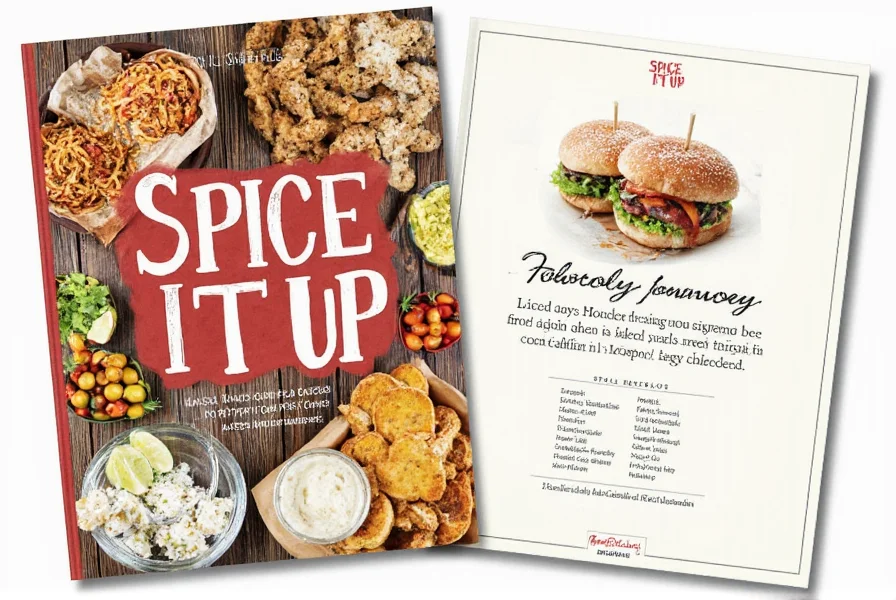
The Spice Basics: What Makes Cajun & Creole Unique?
Though often used interchangeably, Cajun and Creole are distinct yet complementary culinary traditions. The difference lies in their origins and flavor profiles:
- Cajun: Rooted in the Acadian French settlers of rural Louisiana, Cajun cooking is more rustic, hearty, and centered around one-pot meals like gumbo and jambalaya.
- Creole: Originating from New Orleans, Creole cuisine is more refined and influenced by African, Spanish, and French traditions. Dishes like shrimp and grits or boudin are more intricate and layered.
Both styles use similar base ingredients but often differ in spice combinations. A key element in both is the Creole seasoning, which typically includes paprika, garlic powder, onion powder, oregano, thyme, and cayenne pepper. Cajun seasoning, on the other hand, tends to be spicier and includes more cayenne, black pepper, and sometimes a touch of hot sauce.
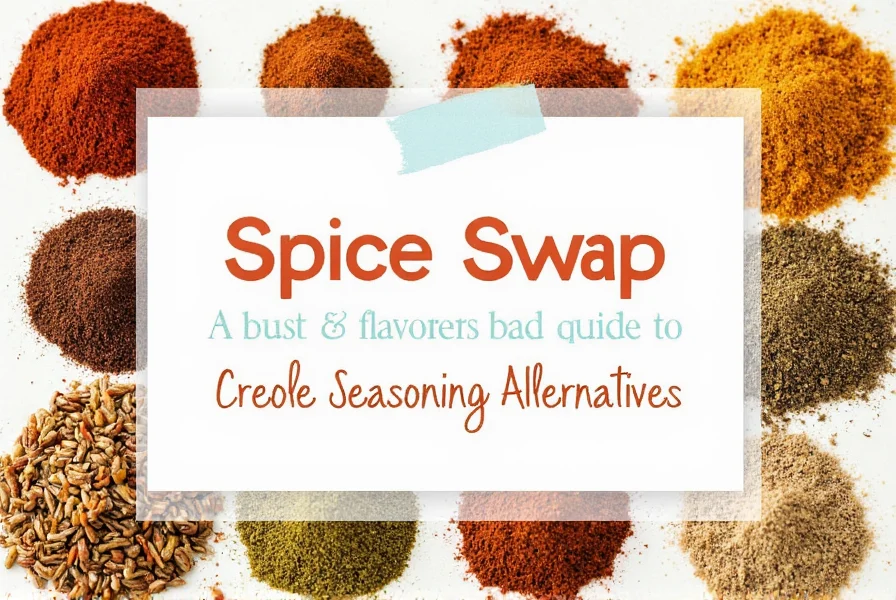
Practical Tips for Cooking with Cajun & Creole Spices
Whether you're a seasoned chef or just starting out, here are some practical tips to help you master the art of using cajun creole spices in your kitchen:
- Start with a base: Use a store-bought or homemade blend as a foundation, then tweak to taste. This gives you control over the heat level and flavor complexity.
- Balance is key: Spicy doesn't mean overpowering. Pair strong spices with acidic elements like lemon juice or vinegar to create balance.
- Use fresh herbs: Fresh garlic, onions, and herbs can elevate even the simplest dish. They bring depth and aroma that dried versions often lack.
- Experiment with heat: If you're new to cajun creole, start with a milder blend and gradually increase the cayenne or chili powder to match your spice tolerance.
- Don’t forget the salt: Salt is the unsung hero of any dish. Even a small pinch can transform a bland meal into something unforgettable.
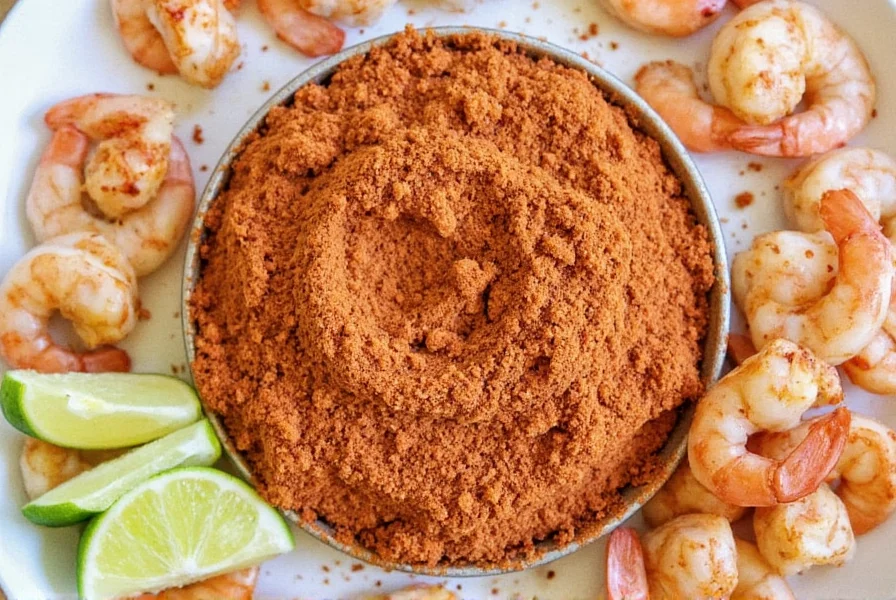
Comparison Table: Cajun vs. Creole Seasoning
| Ingredient | Cajun Seasoning | Creole Seasoning |
|---|---|---|
| Paprika | High | Moderate |
| Cayenne Pepper | High | Low to Moderate |
| Garlic Powder | High | High |
| Onion Powder | High | High |
| Oregano | Low | High |
| Thyme | Low | High |
Buying Guide: Finding the Best Cajun & Creole Spices
If you're looking to bring the flavors of Louisiana into your home kitchen, choosing the right spices is essential. Here’s a detailed buying guide to help you make informed decisions:
Top Picks for Cajun & Creole Seasonings
- Old Bay Seasoning (for Creole fans)
- Features: A classic blend with celery salt, black pepper, and paprika.
- Advantages: Great for seafood and cocktails, adds a unique umami flavor.
- Use Cases: Perfect for crabs, shrimp, and deviled eggs.
- Target Audience: Those who enjoy bold, tangy flavors.
- Suitable Occasions: Barbecues, parties, and casual dinners.
- Taco Bell Seasoning Mix (for a budget-friendly option)
- Features: Includes chili powder, garlic, onion, and cumin.
- Advantages: Affordable and versatile for various recipes.
- Use Cases: Ideal for tacos, fajitas, and meatloaf.
- Target Audience: Budget-conscious cooks who want a quick fix.
- Suitable Occasions: Weeknight meals and casual gatherings.
- McCormick Creole Seasoning
- Features: A well-balanced mix with paprika, garlic, and cayenne.
- Advantages: Easy to use and great for a variety of dishes.
- Use Cases: Perfect for soups, stews, and grilled meats.
- Target Audience: Home cooks looking for convenience and quality.
- Suitable Occasions: Family dinners and holiday feasts.
- Herbs de Provence (for a French twist)
- Features: A mix of thyme, rosemary, oregano, and lavender.
- Advantages: Adds a fragrant, aromatic note to dishes.
- Use Cases: Great for roasted vegetables, chicken, and fish.
- Target Audience: Those who appreciate subtle, floral notes.
- Suitable Occasions: Elegant dinners and special occasions.
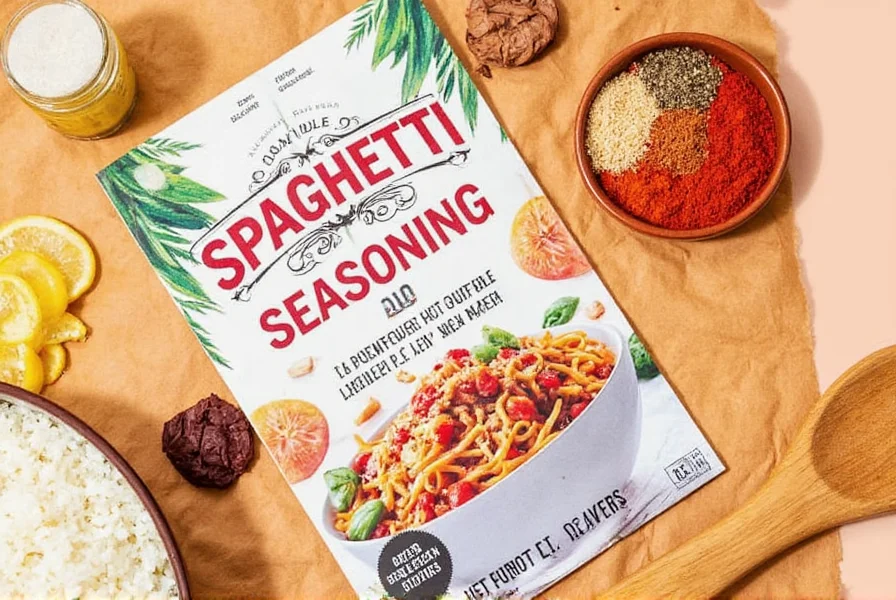
Culinary Traditions: How These Spices Shape Southern Flavors
The cajun creole spice tradition isn't just about heat—it's about storytelling through food. Each blend tells a story of migration, adaptation, and cultural fusion. From the French settlers bringing their techniques to the Caribbean influences shaping Creole cooking, every ingredient has a place in the recipe of southern cuisine.
One of the most iconic examples is the jambalaya, a rice dish that showcases the power of cajun creole spices. The combination of smoked sausage, shrimp, and a rich, seasoned broth creates a symphony of flavors that is both comforting and exciting. Similarly, gumbo relies on a deep, smoky roux and a medley of spices to create its signature richness.
Even outside of Louisiana, the influence of cajun creole spices can be seen in many modern recipes. Chefs around the world have adopted these blends to add depth and complexity to everything from burgers to pasta sauces.
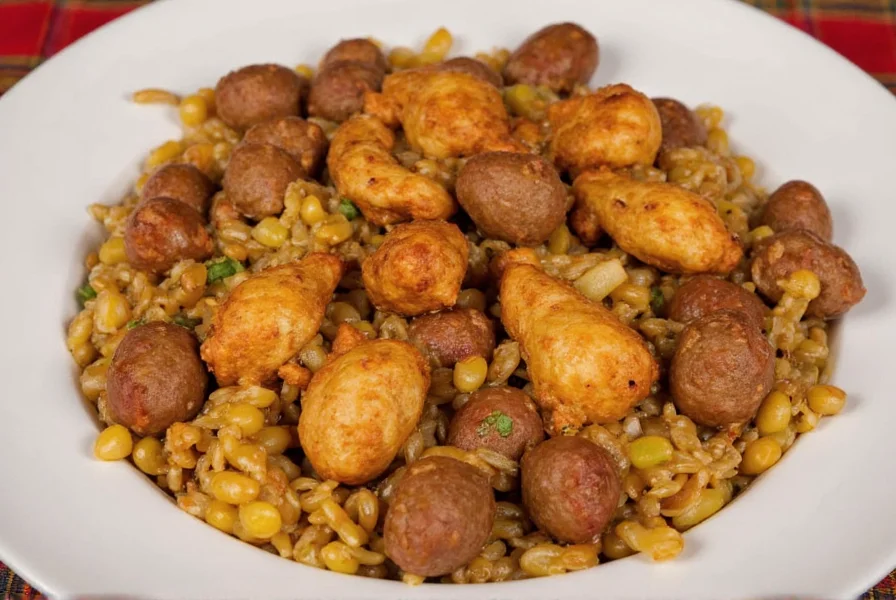
Conclusion: Embrace the Heat and History
Whether you're a spice enthusiast or a curious cook, exploring the world of cajun creole is a journey worth taking. These spices offer more than just flavor—they connect us to a rich cultural heritage and a way of life that celebrates boldness, community, and tradition.
So next time you're reaching for a spice jar, think about the stories behind those ingredients. And remember, the best dishes aren't just made with spices—they're made with passion, history, and a little bit of heat.
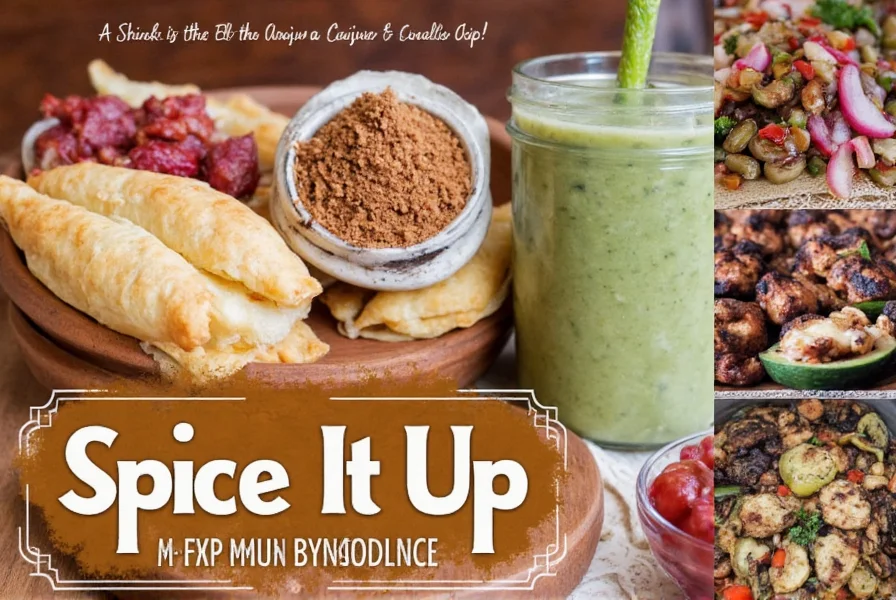











 浙公网安备
33010002000092号
浙公网安备
33010002000092号 浙B2-20120091-4
浙B2-20120091-4